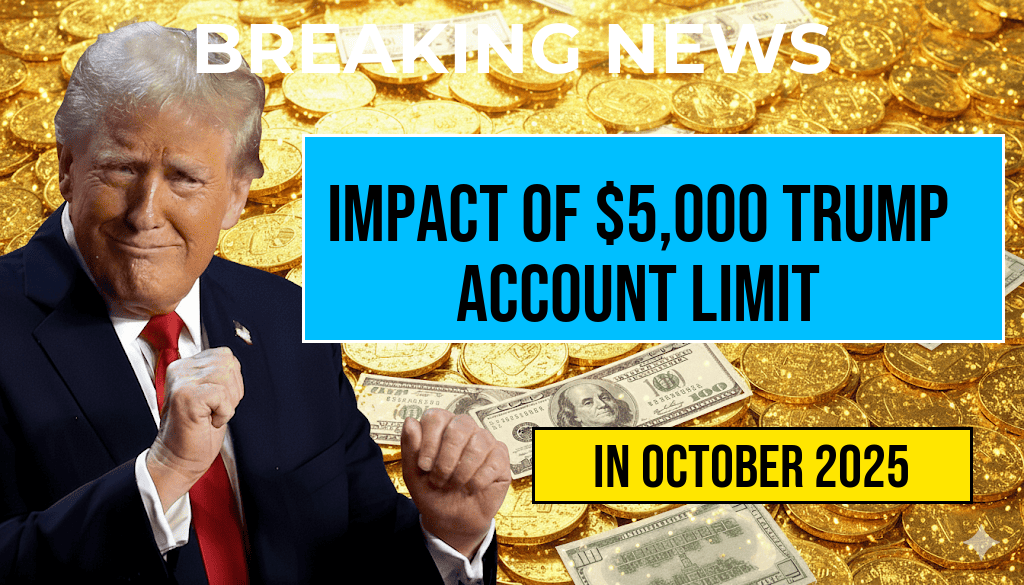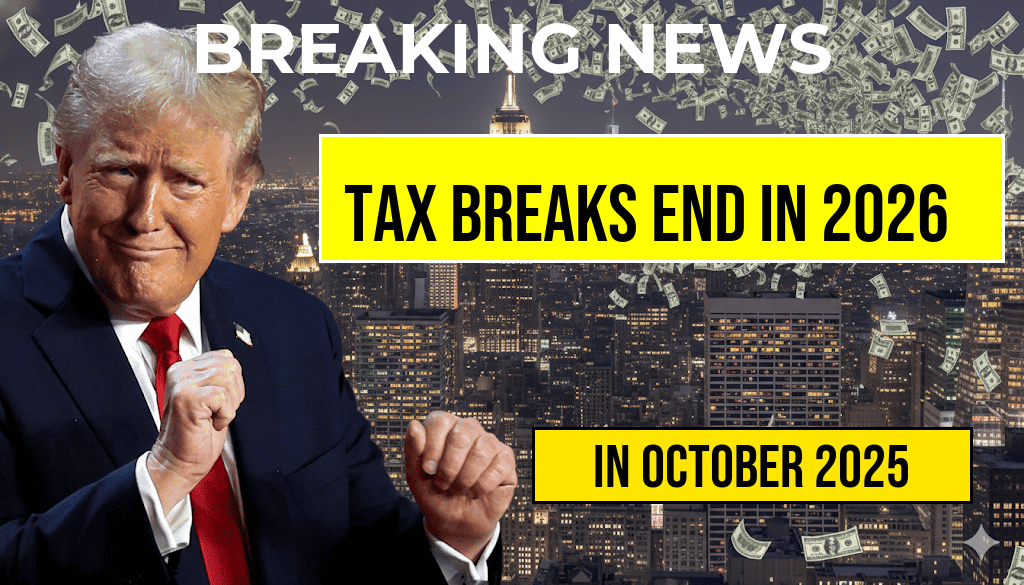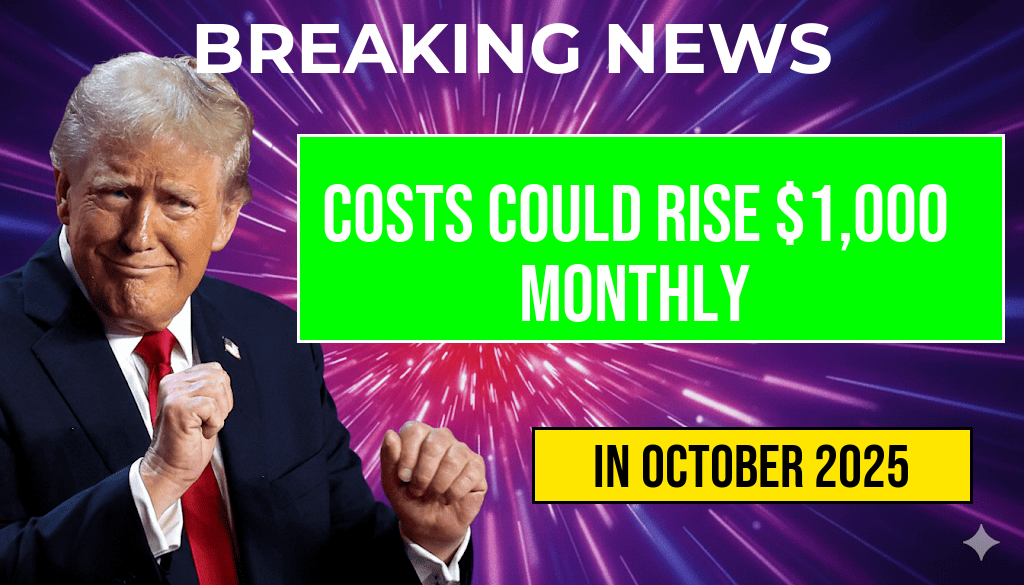The recent implementation of a $5,000 annual contribution limit to accounts associated with former President Donald Trump has sparked widespread discussion among financial analysts, political observers, and American voters. This restriction, imposed by federal regulators, aims to curtail the influence of large individual donations in political finance but raises questions about its broader implications for campaign strategies and donor behaviors. As the political landscape evolves, understanding the nuances of this contribution cap becomes essential for grasping how it might reshape fundraising efforts, donor engagement, and the influence of high-net-worth individuals in future elections.
Background and Rationale Behind the Contribution Limit
Origins of the $5,000 Cap
The $5,000 contribution limit per year for individual donors to Trump-associated accounts aligns with federal regulations governing campaign contributions. These rules are designed to promote transparency and prevent corruption by capping the amount any single individual can donate to a candidate or related political entities annually. The limit has been a fixture in U.S. campaign finance law for decades, but recent enforcement actions and legal challenges have brought renewed attention to its application in high-profile campaigns.
Legal and Regulatory Framework
Under the Federal Election Campaign Act (FECA), individuals are restricted to donating a maximum of $2,900 per election to a candidate’s campaign committee, with additional limits applying to affiliated political action committees (PACs). The $5,000 annual contribution limit to Trump-related accounts reflects a broader interpretation of these rules, encompassing not only direct campaign donations but also contributions to affiliated entities such as Super PACs and joint fundraising committees. This cap aims to prevent disproportionate influence by wealthy donors while maintaining the integrity of the electoral process.
Impacts on Campaign Financing and Strategy
Shift in Donor Engagement
- Donors may diversify contributions across multiple campaigns or entities to maximize influence.
- Smaller individual contributions could become more common, reducing the role of high-dollar donors.
- Campaigns might place greater emphasis on grassroots fundraising efforts.
Alterations in Fundraising Dynamics
The $5,000 limit constrains large-scale individual donations, compelling campaigns to seek alternative sources of funding. These could include increased reliance on small-dollar donors, institutional support, or PAC contributions that aggregate multiple donors’ contributions. Campaigns might also develop new strategies to incentivize small contributions, such as exclusive content or events, to sustain financial viability.
Broader Political and Social Implications
Influence on Political Influence and Power Dynamics
By capping individual contributions, regulators aim to level the playing field among candidates and diminish the sway of wealthy benefactors. However, critics argue that such limits could inadvertently empower well-funded organizations that operate outside traditional donation caps, such as Super PACs or 501(c)(4) groups, thereby shifting influence rather than reducing it.
Potential for Increased Political Polarization
As fundraising becomes more fragmented, political campaigns may intensify their appeals to core supporters, potentially deepening partisan divides. The reliance on smaller donations might also promote more ideologically motivated giving, with donors seeking to impact specific issues rather than supporting broad campaigns.
Comparison with International Campaign Finance Models
| Country | Maximum Donation Limit | Regulatory Body | Notes |
|---|---|---|---|
| United States | $5,000 per candidate per year (federal) | Federal Election Commission (FEC) | Includes limits on individual and PAC contributions |
| Canada | $1,650 CAD (~$1,300 USD) per party per year | Canadian Elections Office | Strict limits with public disclosure requirements |
| United Kingdom | £8,700 (~$11,000 USD) per individual per year | Electoral Commission | Limits vary for different types of donations |
Future Outlook and Ongoing Debates
The $5,000 annual contribution cap to Trump-associated accounts exemplifies ongoing efforts to modernize and regulate political financing amid evolving campaign strategies. While proponents argue that such limits promote fairness and transparency, opponents contend they may hinder effective fundraising and inadvertently favor entities outside traditional donation frameworks. As legal challenges and legislative proposals continue to develop, the landscape of political contributions in the United States remains dynamic and closely watched by stakeholders across the spectrum.
For further insights into campaign finance laws and their implications, resources such as Wikipedia’s overview of the FECA and Forbes’ analysis of international campaign finance models provide comprehensive context for ongoing debates surrounding political funding.
Frequently Asked Questions
What is the annual contribution limit to Trump accounts?
The $5,000 annual contribution limit refers to the maximum amount an individual can contribute to Trump accounts within a given year, as mandated by financial regulations.
How does the $5,000 contribution limit impact account holders?
The $5,000 limit restricts how much an account holder can contribute annually, which may affect investment strategies and growth potential over time.
Are there any penalties for exceeding the $5,000 contribution limit?
Yes, exceeding the $5,000 annual contribution limit can result in penalties such as excess contribution taxes and potential account adjustments.
Can the contribution limit change in the future?
Contribution limits are subject to regulatory updates and may change based on policy decisions or inflation adjustments, so it’s important to stay informed.
Who is eligible to contribute to Trump accounts within the $5,000 limit?
Eligible individuals or entities who meet specific criteria outlined by financial regulations can contribute up to the $5,000 annual limit to Trump accounts.






